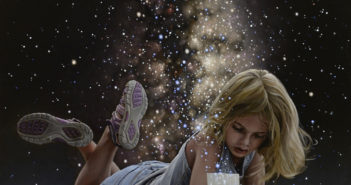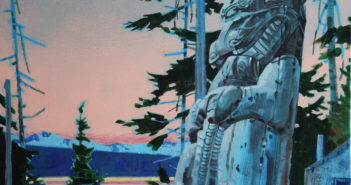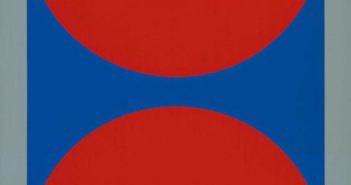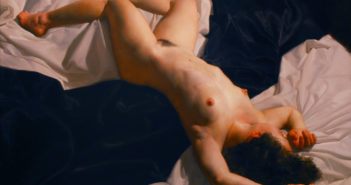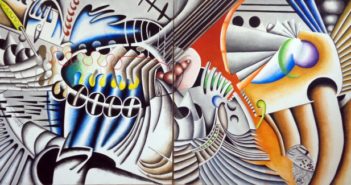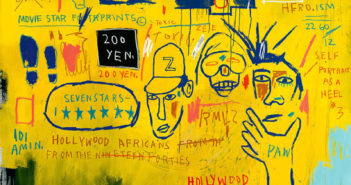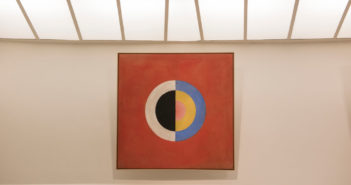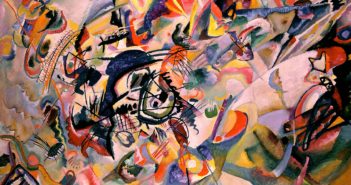
Eye control score
Every picture you’ve ever looked at has been designed with your travelling eyes in mind. Here’s an exercise for the next time you’re in a gallery: Scan paintings one-by-one in a half squint. Without over-thinking, give each painting’s eye control a score from 1 to 3, with 1 being average, 2, good, and 3, excellent. Are you travelling around within the picture’s edges, enjoying a balance of visual excitement, places of rest, satisfying weighting, depth of field and an intuitive tension and resolution? Are you feeling a sense of paucity and getting adequate information about the subject? Is there an ineffable sensory pleasure?


